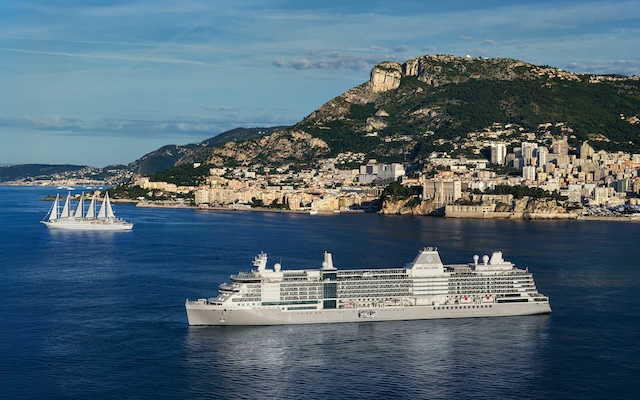ASEAN has achieved much to advance the region’s travel and tourism industry, but more can be done to market South-east Asia as a single destination, opines Eddy Soemawilaga, president of ASEAN Tourism Association
 You have been with ASEAN Secretariat and are now with ASEAN Tourism Association (ASEANTA). What have the organisations achieved?
You have been with ASEAN Secretariat and are now with ASEAN Tourism Association (ASEANTA). What have the organisations achieved?
The establishment of the ASEAN Open Skies in 2010 is one key milestone, as it changed the landscape of South-east Asian aviation. I was involved in the process. Before, such matters were governed by bilateral agreements. With the new policy, it became easier for airlines to begin operations and ask for certain routes. It also led to the rise of LCCs, which encouraged regional travel.
The second milestone is the visa facilitation signed in 2002. It started with a framework that required ASEAN member states to push for visa facilitation based on bilateral agreements. Today, all member states are visa-free (for nationals), with the exception of between Malaysia and Myanmar.
These policies contribute massively to travel within South-east Asia, which was crucial during the pandemic. In 2022, intra-ASEAN travel rose to 50 per cent of total arrivals; usually it was 38 to 40 per cent.
I would also count the ASEAN Tourism Agreement as a third achievement. It pushes all member states to facilitate travel and undertake joint marketing. Along with this come the ASEAN tourism standard and mutual recognition arrangement for tourism professionals. However, the agreement may need another look, as an article within calls for no levies on travel within the region. Now, for different reasons, Bali and Malaysia have applied tourist taxes. I have raised this issue (at ASEAN Tourism Forum 2024) and asked that the agreement be revisited.
Has ASEAN reached its goal to be a single destination?
I think not quite. Joint marketing efforts are done from time to time, driven only by events or country-specific aims. Efforts are neither continuous nor periodically implemented and organised by the ASEAN Secretariat or the ASEAN marketing coordinator.
Yes, we see member states taking single country pavilions at international tradeshows, pitting against each other. How can the region do better?
One challenge is the lack of a single coordinator undertaking (full participation of ASEAN member states) in certain events, (resulting in) member states joining individually instead of as one ASEAN.
Another challenge is that each member state has a different capacity for participation.
There is actually (potential) to pool resources and establish a common area with a coordinator. When I was with the ASEAN Secretariat, we had a project from South Korea (that led all) 10 member states to participate in a travel fair as one ASEAN village, but each country was able to design their own booths.
As president of ASEANTA, what are your priorities now?
Firstly, we want to grow both inbound and outbound traffic. Secondly, apart from intra-ASEAN travel, we also need our neighbours, like India, China, Japan, South Korea and Australia, as source markets.
India has become a new big market for ASEAN, with recovery at 120 per cent (compared to pre-pandemic). However, seat capacity is an issue. Connectivity among member states with India is governed by bilateral agreements. Some, like Thailand, are running out of capacity. We are asking ASEAN to negotiate for ASEAN-India open skies.
With China, an ASEAN open skies policy exists, but recovery is slow. Besides being the last country to open after Covid, domestic travel has remained strong due to the government’s domestic promotions, easy access, language ease, and a familiar payment system. A way to speed up Chinese inbound recovery is for ASEAN to bring Chinese payment mechanisms into our region.
How would you like travel and tourism to look in the future?
Many rank-and-file jobs may be taken over by AI and robots in the future; driver-less buses and robot chefs, perhaps. However, human interaction will still be important and people will continue to travel. Tourism activities will accelerate, thanks to tech advancements, but people will no longer want to visit common places. New and unique destinations will be king.



















